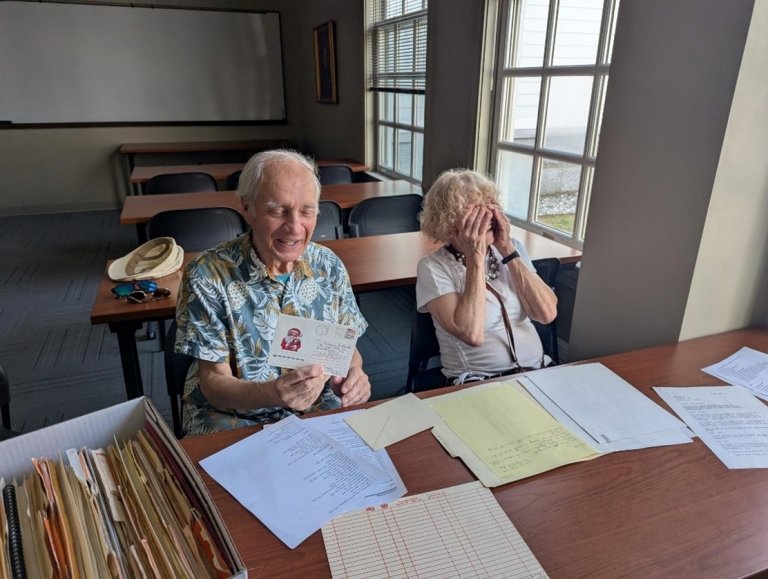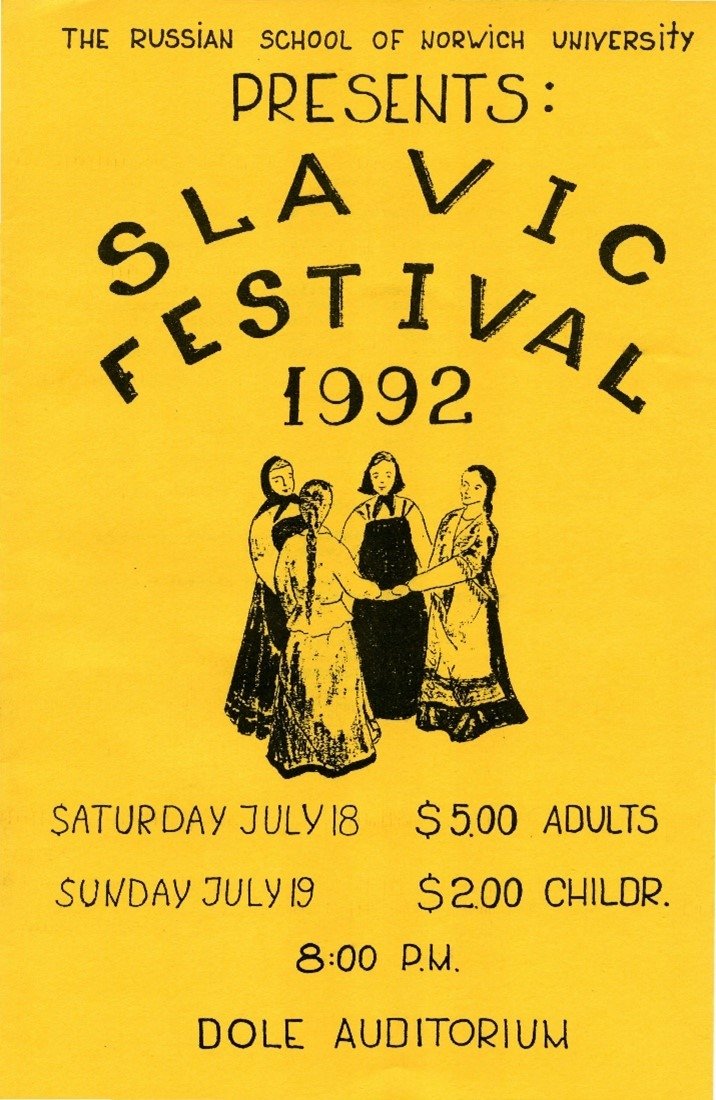Journey Through Time
Discover the possibilities of the Archives — both digitally and in-person — alongside the archivist for education and outreach services.
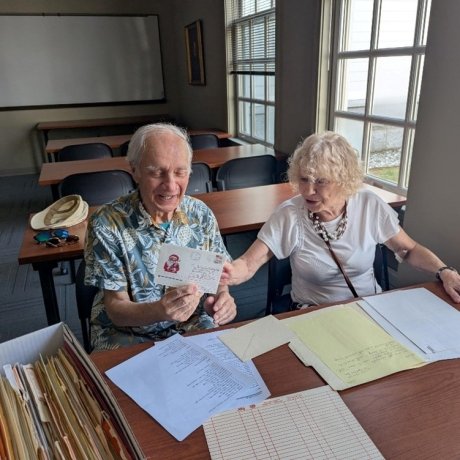
Norwich University Archives’ official role is to support Norwich University’s educational and administrative goals by preserving, contextualizing and providing access to the essential documentary evidence of the culture, community, and history of the University. If that description sounds like a mouthful, then it will not be surprising to you that the Archives are often perceived as intimidating and inaccessible.
Despite often hearing students say, “Oh, I love history,” potential users can feel overwhelmed by the Archives, and worse, that it is not intended for casual use by a curious student. The Archives exist to be used by students, alumni, and anyone with an interest in materials contained within our collections. To be fair, navigating archival collections can be challenging for those unfamiliar with our finding aids and search terms, but we are here to support and assist our users. We have a dedicated reading room on the fifth floor of the Kreitzberg Library offering open hours during the semester from noon to 4:00 p.m., Monday through Friday, and we are happy to accept appointments outside of open hours. The majority of reference requests are first received via email.
During homecoming and other events, we often have alumni visit to check out the “War Whoop” from their graduation year, but flipping through a yearbook or the student paper from a hundred years ago is fascinating even if you never attended NU. Current students often laugh at all the photographs of students from decades ago openly flaunting their beer or the frequent cigarette ads that used to populate the Guidon. Other items that pique interest include:
- Thomas Jefferson’s letter to Alden Partridge discussing the height of the White Mountains.
- Copies of the first American Literary, Scientific, and Military Academy course catalog from 1821.
- Carefully curated scrapbooks created by students filled with photos, dance cards, and travel souvenirs from Montreal.
- Letters sent home by NU alum from the battlefield during various conflicts.
We are often asked if all of our collections are Norwich related. The simple answer is yes, but what qualifies as “NU related” might be surprising. We have our fair share of records for countless boards and committees, but we also have collections from well-known artists such as Frank Gaylord H'98, sculptor of the Korean War Veterans Memorial in Washington, D.C., or Harold Hunter Emmons who was assigned as chief defense council for Japanese military personnel accused of war crimes against Allied prisoners during WWII, aka the Yokohama War Crimes Trials. Emmon’s connection to NU is through his son, Charles, who was a longtime English professor, and Gaylord was a longtime Vermont resident who designed works that are on NU’s campus today.
We had one visit over the summer that was a particularly memorable example of how the Archives can truly bring joy. Sergey and Anna were instructors at the Russian School at Norwich, a six-week program offered at NU from 1968 through 2000. This program was not only intended to teach the Russan language in an immersive environment, but also to celebrate Russian, and, more broadly, Slavic culture. With the assistance of their daughter (who had previously worked as an archivist), they went through boxes of materials in the collection and were delighted to discover their own notes, letters received back and forth from Russia, and programs from the annual Slavic Festival. As they went through the materials, they shared stories with their grandson and pointed out the Russian luminaries that had been involved in the program over the years, such as Dmitri Pokrovsky.
We hope that you come to the Archives, or at lease peruse our website, including our monthly blog, Mining for Old, that features updates and highlights from our collections. But something to also keep in mind: Norwich’s history is not just in the past; it is created every day. Frequently, we just do not have materials available related to a particular alum, instructor, event, building, or other element of NU history. The reason is that the Archives only has what we have been given. Think of how many times you have thrown something away, deleted a social media post, or lost photos on an old cell phone — most people do not think in terms of documenting their own lives in a way that would allow a researcher many years in the future to reconstruct, and learn from, their experiences. It is doubtful that a cadet in 1914 would have thought that their scrapbook detailing an excursion to Burlington would be so charming and informative in 2025.
As much as we encourage people to visit and make use of the Archives, we also encourage all members of the Norwich community to think about what they might someday contribute to the Archives so that they can assist us to continue telling the story of Norwich for future generations.
Read More
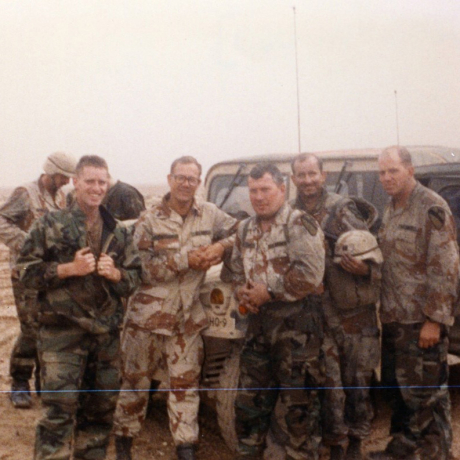
You are Norwich History
By Micah Scott Shaffer
Norwich University's Archives and Special Collections aims to preserve the community's history through a variety of mediums.
3 min read
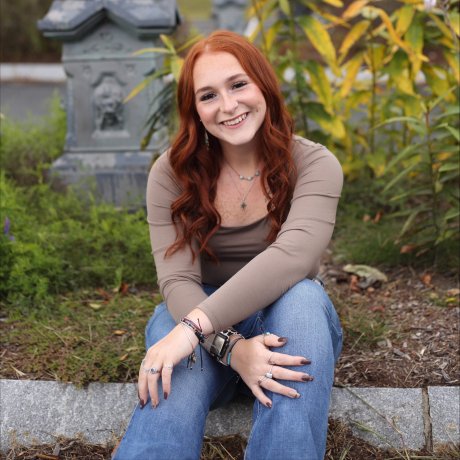
Expanding Horizons: Sophia Taylor ’28 Awarded Prestigious Gilman Scholarship for Study Abroad
By NU Marketing & Communications Office
Another Norwich student earns recognition and financial aid from a prestigious scholarship.
6 min read
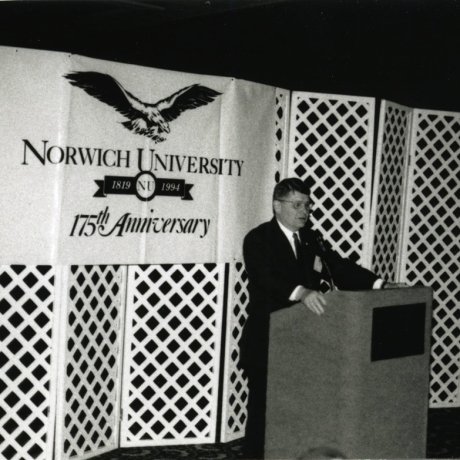
Do You Have a Picture?
By Micah Scott Shaffer
Photographs tell stories — how do we ensure that they are all accounted for?
3 min read


